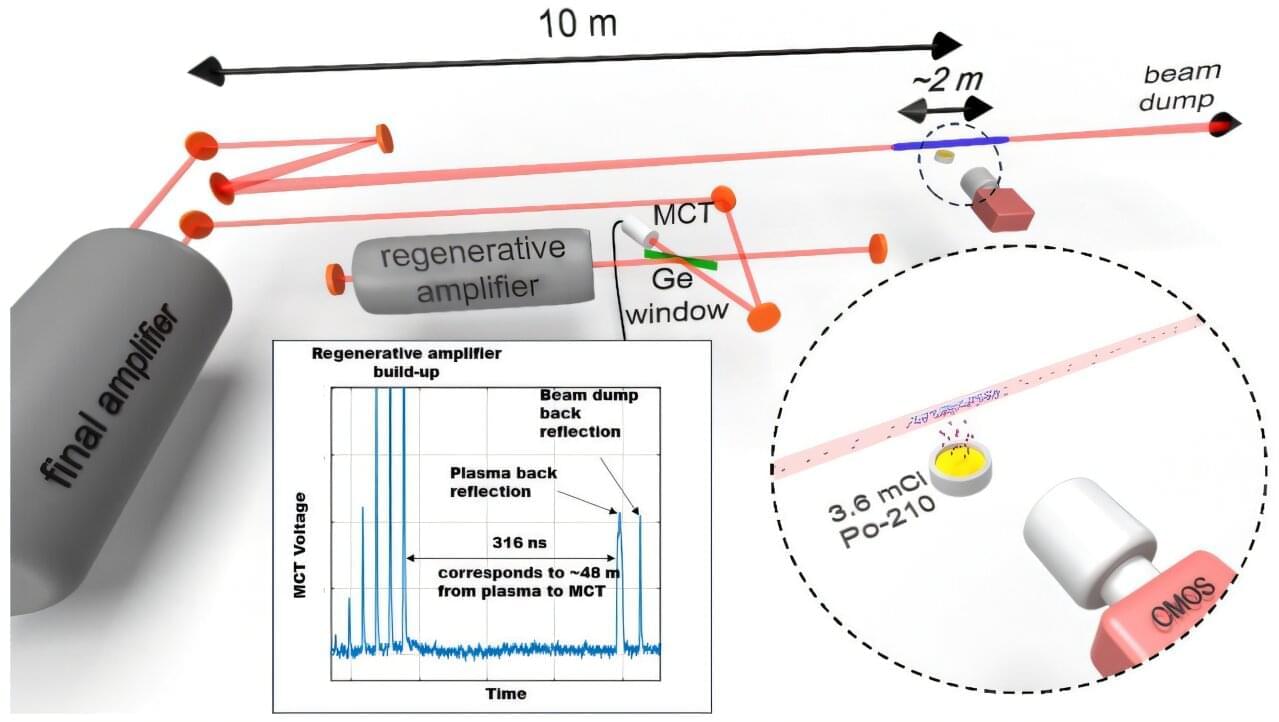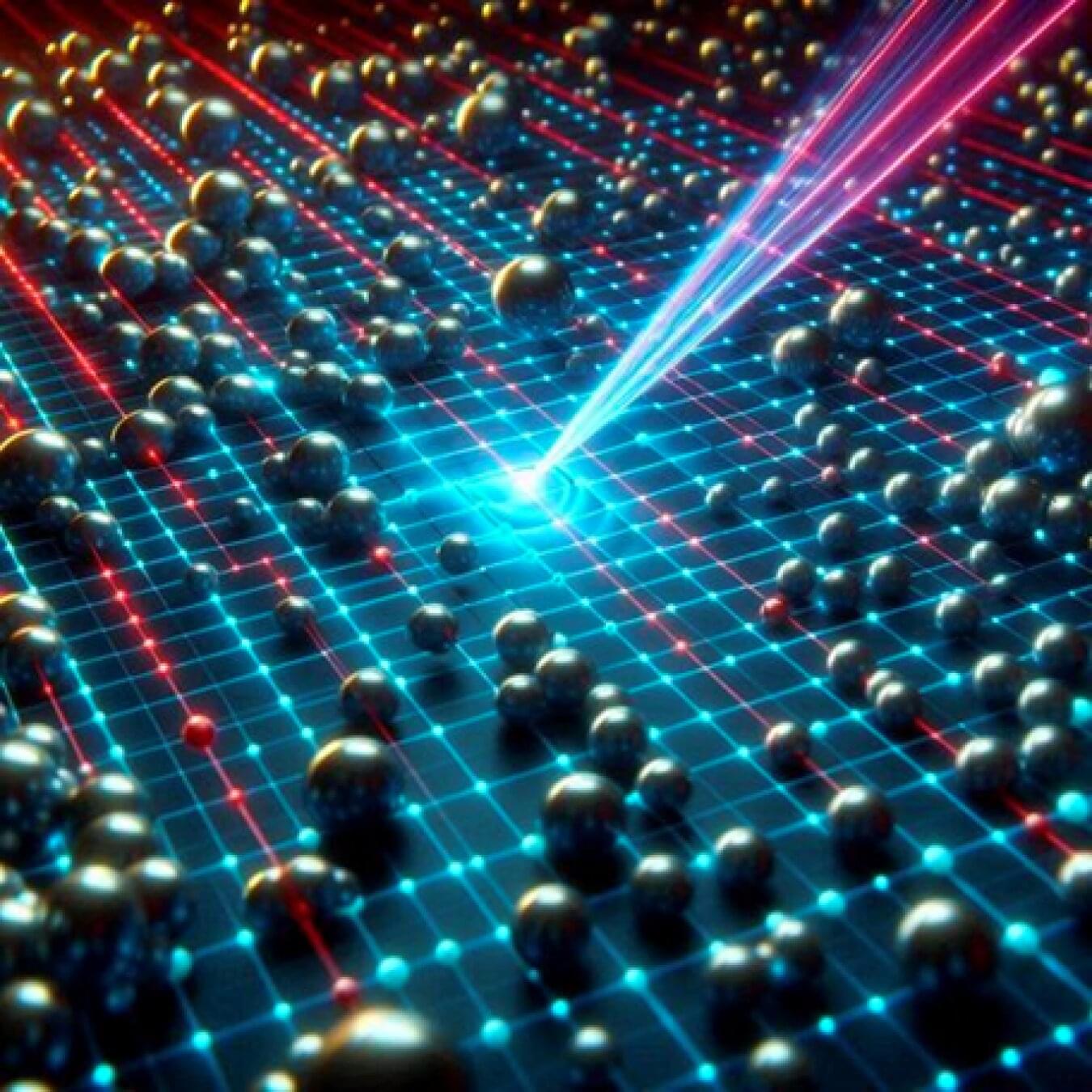Much of cell behavior is governed by the actions of biomolecular condensates: building block molecules that glom together and scatter apart as needed. Biomolecular condensates constantly shift their phase, sometimes becoming solid, sometimes like little droplets of oil in vinegar, and other phases in between.
Understanding the electrochemical properties of such slippery molecules has been a recent focus for researchers at Washington University in St. Louis.
In research published in Nature Chemistry, Yifan Dai, assistant professor of biomedical engineering at the McKelvey School of Engineering, shares the rules involving the intracellular electrochemical properties that affect movement and chemical activities inside the cell and how that might impact cell processes as a condensate ages. The research can inform the development of treatments for diseases like amyotrophic lateral sclerosis (ALS) or cancer.









